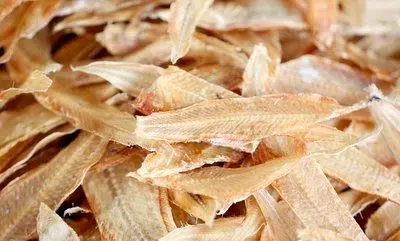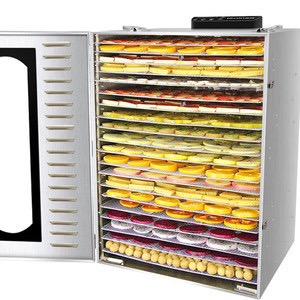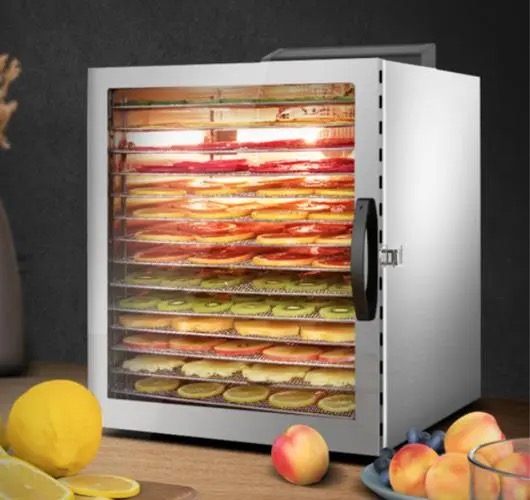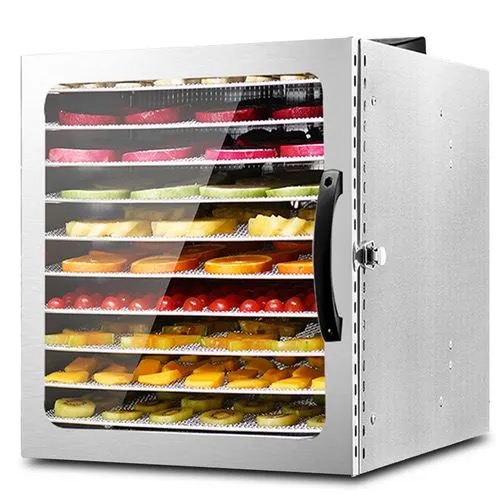
Content Menu
● Introduction
● Understanding Food Dryers
● Benefits of Using Food Dryers
● Choosing the Right Food Dryer
● The Process of Food Drying
● Creative Uses for Dried Foods
● Environmental Impact of Food Drying
● Conclusion
● Frequently Asked Questions
>> 1. What types of foods can be dried?
>> 2. How long does it take to dry food?
>> 3. Can I use a regular oven instead of a food dryer?
>> 4. Is it safe to eat dried foods?
>> 5. How do I clean my food dryer?
Introduction
Food preservation has been a crucial aspect of human survival and culinary practices for centuries. Among various methods, drying food has emerged as one of the most effective ways to extend the shelf life of perishable items. Food dryers, particularly modern dehydrators, have revolutionized this age-old technique, making it easier and more efficient to preserve fruits, vegetables, and even meats. This article explores the functionality, benefits, and creative uses of food dryers, emphasizing their role in contemporary food preservation.

Understanding Food Dryers
Food dryers, also known as dehydrators, are appliances designed to remove moisture from food, thereby inhibiting the growth of bacteria, yeast, and mold. There are several types of food dryers available, including electric dehydrators and heat pump dryers. Electric dehydrators use a fan and heating element to circulate warm air around the food, while heat pump dryers utilize advanced technology to recycle heat and moisture, making them more energy-efficient.
The science behind dehydration involves lowering the water content of food to around 20% or less, which significantly extends its shelf life. This process not only preserves the food but also concentrates its flavors, making dried foods a delicious and nutritious option.
Benefits of Using Food Dryers
One of the primary benefits of using food dryers is the preservation of nutrients. Unlike canning or freezing, which can lead to nutrient loss, drying retains most vitamins and minerals, making dried foods a healthy choice. Additionally, dried foods have a much longer shelf life, often lasting for months or even years when stored properly.
Cost-effectiveness is another significant advantage. By investing in a food dryer, consumers can save money in the long run by purchasing fresh produce in bulk and drying it at home, rather than buying pre-packaged dried foods, which can be expensive.
Choosing the Right Food Dryer
When selecting a food dryer, several key features should be considered. Capacity is essential, especially for those who plan to dry large quantities of food. Temperature control is also crucial, as different foods require different drying temperatures to achieve optimal results. Ease of use and cleaning are additional factors that can influence the choice of a food dryer.
Popular models on the market include the Excalibur and Nesco dehydrators, known for their reliability and performance. For those with specific needs, such as commercial use, larger models with multiple trays and advanced features may be more suitable.

The Process of Food Drying
Using a food dryer is a straightforward process. First, prepare the food by washing and slicing it into uniform pieces to ensure even drying. Next, arrange the food on the dryer trays, making sure not to overcrowd them. Set the temperature according to the type of food being dried and start the machine.
Common mistakes to avoid include not pre-treating certain fruits (like apples) to prevent browning and not checking the food periodically to ensure it is drying evenly. Following best practices can lead to perfectly dried fruits and vegetables that retain their flavor and nutritional value.
Creative Uses for Dried Foods
Dried foods are incredibly versatile and can be used in various culinary applications. For instance, dried fruits can be added to cereals, baked goods, or enjoyed as snacks. Vegetables can be rehydrated and incorporated into soups, stews, or casseroles.
Making snacks like jerky or fruit leathers is another popular use for dried foods. These homemade treats are not only healthier than store-bought options but also customizable to suit individual tastes.
Environmental Impact of Food Drying
Modern food dryers are designed with energy efficiency in mind, making them a sustainable choice for food preservation. By reducing food waste through drying, consumers can contribute to environmental conservation efforts. Additionally, many food dryers are built to last, minimizing the need for frequent replacements and further reducing their environmental footprint.
Conclusion
Food dryers play a vital role in modern food preservation, offering numerous benefits, including nutritional retention, cost savings, and versatility in culinary applications. As more people become aware of the advantages of drying food at home, the popularity of food dryers is likely to continue growing. By exploring the world of food drying, individuals can enjoy delicious, healthy snacks while also contributing to sustainable food practices.

Frequently Asked Questions
1. What types of foods can be dried?
Almost any fruit, vegetable, or herb can be dried, but some work better than others.
2. How long does it take to dry food?
Drying times vary based on the type of food and the dryer used, typically ranging from a few hours to over a day.
3. Can I use a regular oven instead of a food dryer?
Yes, but food dryers are more efficient and provide better results for dehydration.
4. Is it safe to eat dried foods?
Yes, as long as they are dried properly and stored in a cool, dry place.
5. How do I clean my food dryer?
Most food dryers have removable trays that can be washed with warm soapy water; check the manufacturer's instructions for specific cleaning guidelines.












